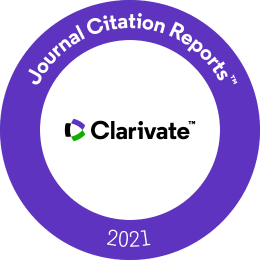Title
Level and sectors of digital shadow economy: the case of Lithuania
Abstract
The fast pace of global computerization as well as the spread of online activities prompt the changes in the concept of shadow economy. Through cyberspaces, such as social networking platforms, alternative future currency systems, e-commerce, e-business systems or cyber computer games, real money (or an electronic equivalent of its value) circulates, but in most cases transactions are not accounted and do not generate taxes to the budget of a state. This article is aimed at supplementation of the traditional shadow economy estimation methodology with the indicator of digital shadow economy, and performance of the statistical analysis of the data which would allow to identify the areas with the highest scope of digital shadow economy. At present, the scope of shadow economy in Lithuania is estimated by employing one of the two methodologies – developed by the State Tax Inspectorate and by Lithuanian Free Market Institute. It should be noted that neither of these methodologies includes the elements of digital shadow economy. In theoretical level, no methodologies to cover any indicator of digital shadow economy with its relevant features have been developed so far. By employing the method of expert evaluation (with participation of 184 experts who work in the Department of Control, Lithuanian State Tax Inspectorate), the authors of this article initially estimated the scope of digital shadow economy and identified the areas with the highest scope of digital shadow economy in Lithuania over 2015. The research has revealed that more than a half of the experts have not inspected or identified any subjects illegally operating in e-space. The fact that the scopes of digital shadow economy have not still been estimated indeed burdens the development of any efficient mechanism, which would allow to identify and detect illegal economic activities in e-space.
Keywords
digital shadow economy, level of digital shadow economy, sectors of digital shadow economy, indicator of digital shadow economy, Lithuania
JEL classifications
E26 , O17
URI
http://jssidoi.org/jesi/article/96
DOI
Pages
183-197
This is an open access issue and all published articles are licensed under a
Creative Commons Attribution 4.0 International License














 RSS 1.0
RSS 1.0
